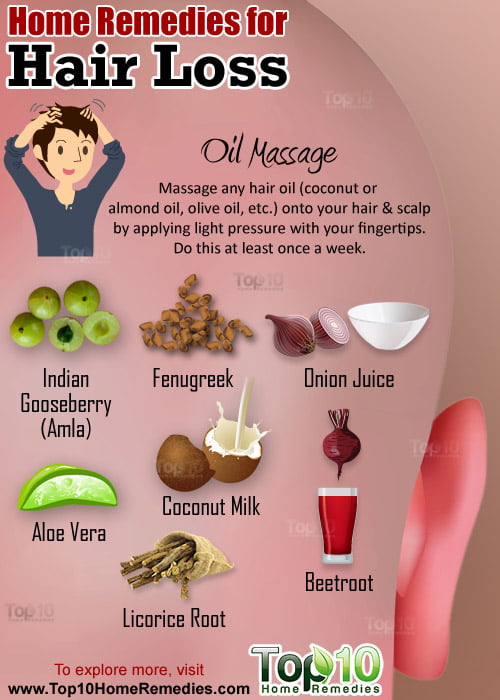
I have seen and attended many children with abnormal, circular and hairless white patches on their scalps.
It’s very common to see 1 in 5 children with such complaints at my outpatient department. Not only that, it is also common to see the same children with the same problem recurring at least 3 to 4 times a year.
Some parents of these children do take it for granted until they see majority of the child’s scalp is full of those unattractive circular white hairless patches.
Others are tired of seeking treatment since the condition seems to recur.
One of the common home remedies sought is to use coconut oil to get rid of the condition and hence polish these children’s scalps’ enemy off. But it is of no avail.
When these children visit the hospital, they usually present with superimposed bacterial infections which may confuse clinicians as a fungal infection, of which [tinea capitis] may be overlooked.
Following my encounter with the Tinea capitis [popularly known as the ringworm of the scalp] victims, notably with regard to the above raised issues, I opted to educate my readers about the condition in this column.
I hope my esteemed readers will not find this subject an old chestnut.
What is it?
Tinea Capitis, the ringworm of the scalp, is the skin fungal infection of the scalp.
Because of its appearance, a lot of words have been coined in Tanzanian vernacular dialects to refer to it. Such as, mashilingi or how the Tanzanians refer to it in the Southern part – mapunye.
Surprisingly, none of my patients have ever asked me about the cause of the condition, this might be because they are used to seeing it often, hence find it normal or as part of growing up.
Fungi are germs that can survive on the dead tissue of the hair, nails and outer skin layers. Ringworm of the skin is caused by fungi called dermatophytes.
Fungi thrive well in warm, wet areas and this stubborn ‘tinea’ infection is more probable if you have minor skin or scalp injuries. It also occurs if you don’t bathe or wash your hair often or if you have wet skin for a long time, such as from sweating.
Is it contagious?
Ringworm can spread easily. More often than not it affects children and vanishes at puberty though it can occur at any age; I hope you can vouch for that.
You can acquire ringworm if you come into direct contact with an area of ringworm on someone else’s infected part of the body.
Do you share garments/combs? You can also get it from touching items such as combs, hats, or clothing that have been used by somebody with ring worm.
The infection can also be spread through domestic animals, particularly cats.
Challenges in treatment
The problem with treatment is that following initial improvement, mothers do halt giving medication to children before the prescribed period of 4-6/8weeks.
Another reason is that many mothers prefer to use creams briefly over tablets for their children against dermatogist’s advise.
Tanzania Standard Treatment Guidelines (STG) 2017 edition, page 164; recommends the use of whitfield ointment for 2 weeks or miconazole cream 2 per cent, or griseofulvin tablets for 4 weeks for extensive type.
On the other hand, the duration of treatment should be between 4 to 6 weeks. Health experts emphasise that topical (cream/ointment) treatment alone is ineffective and is not recommended for the management of Tinea Capitis.
Skin disease specialists/dermatologists should be consulted who may by all means pitch in inputs to incredibly cut the Gordian knot in this battle against Tinea capitis amongst other skin infections.
















